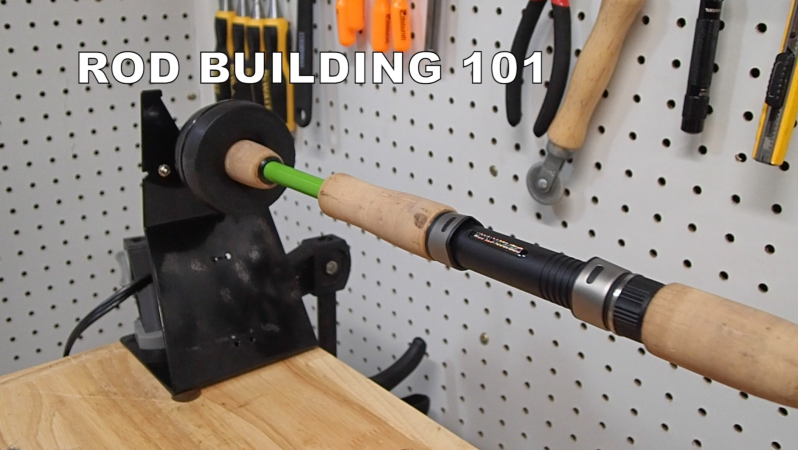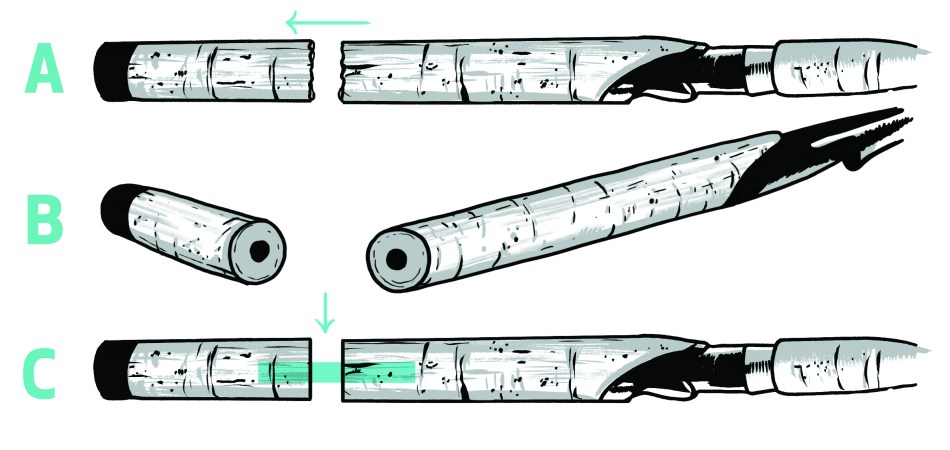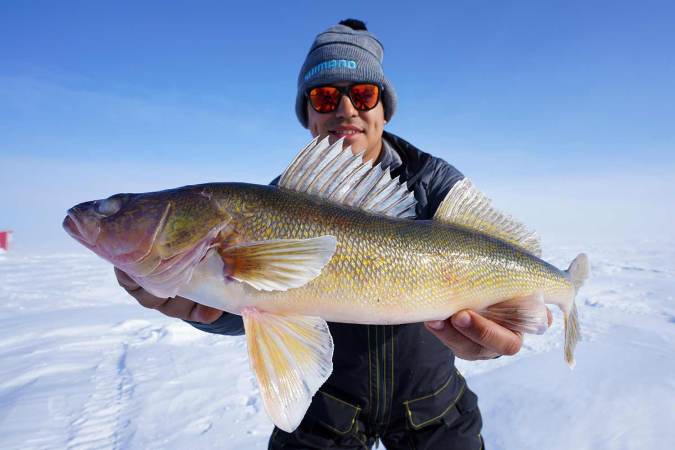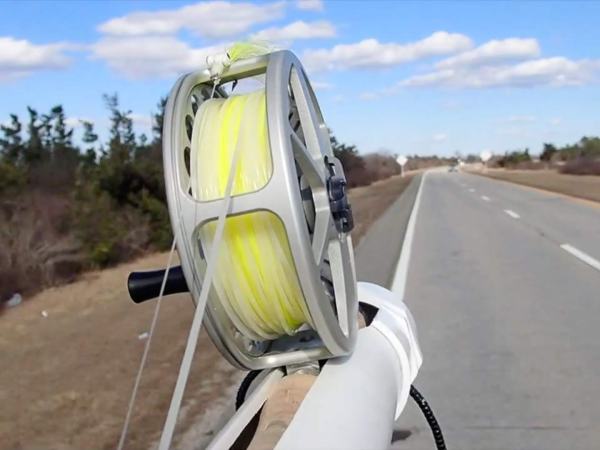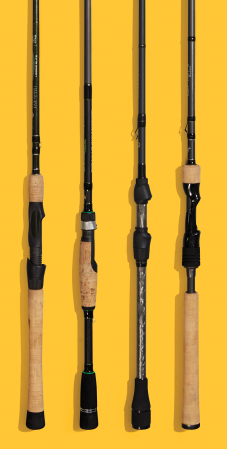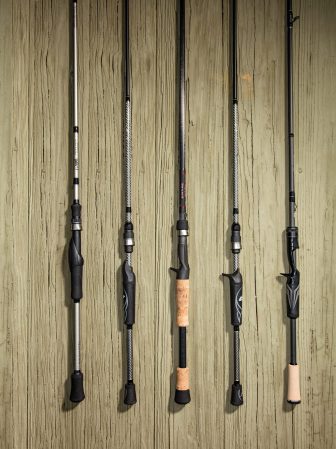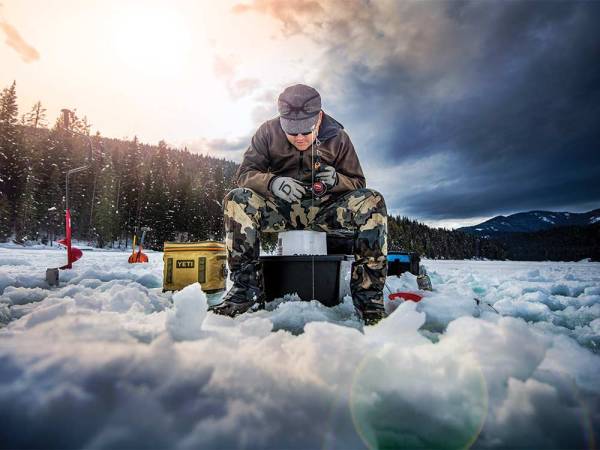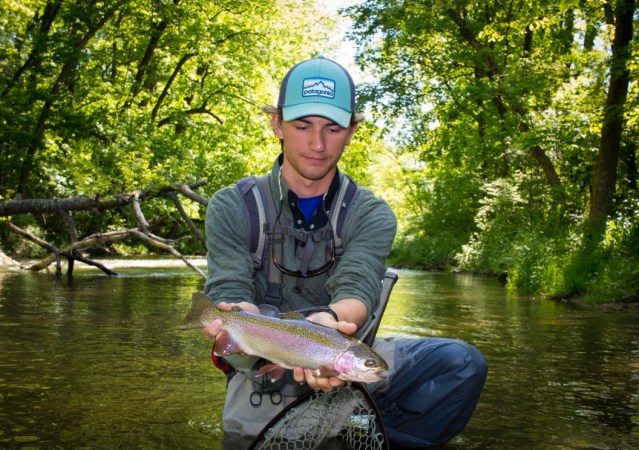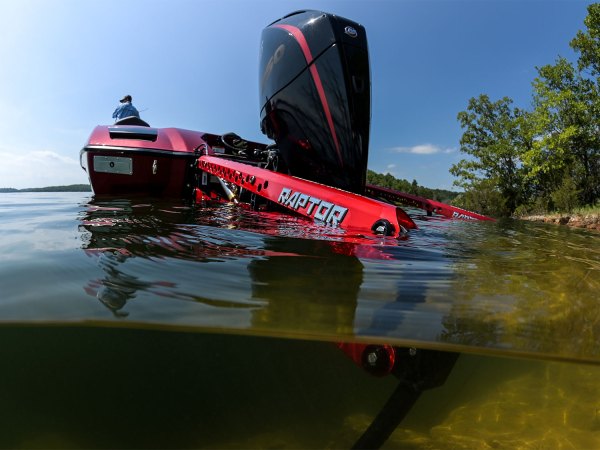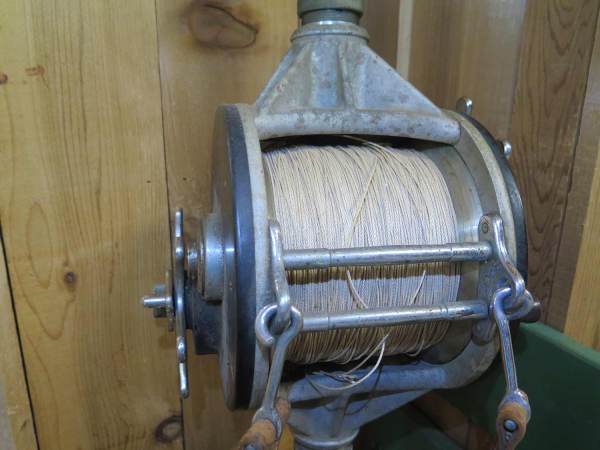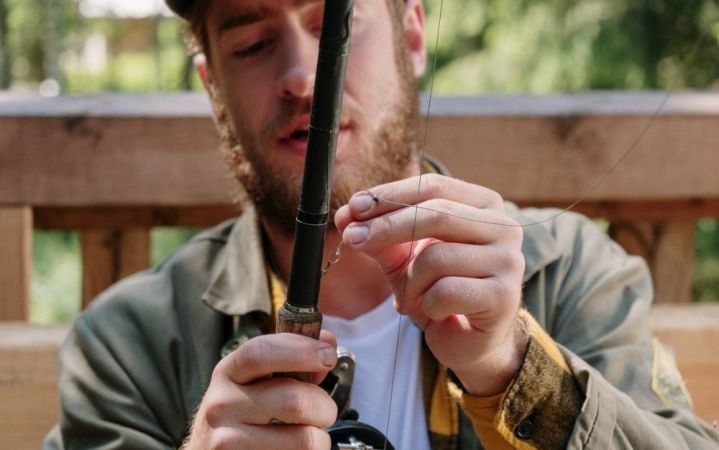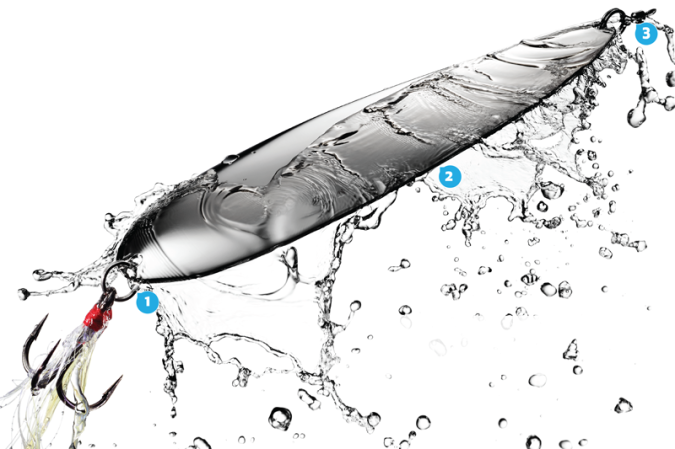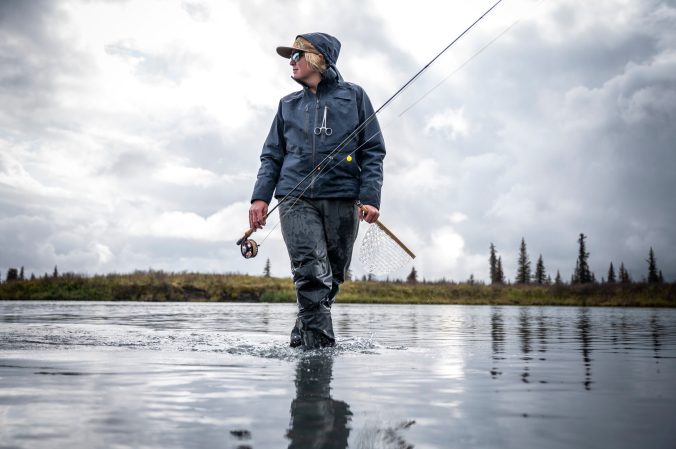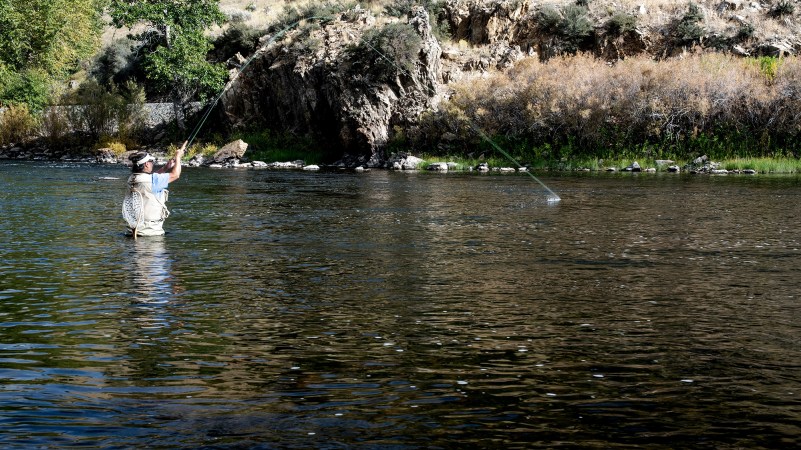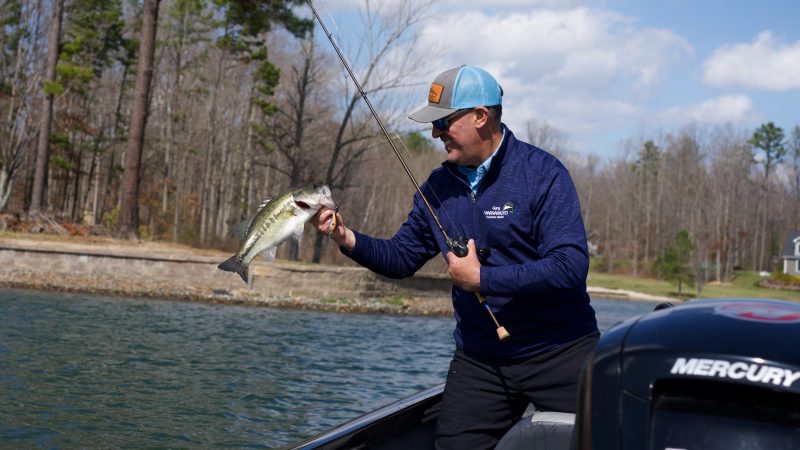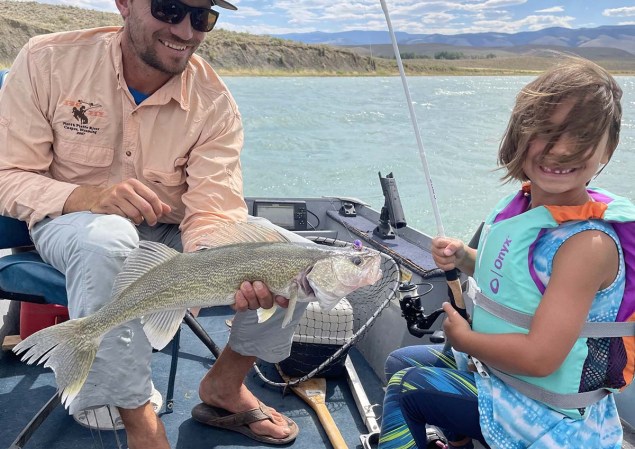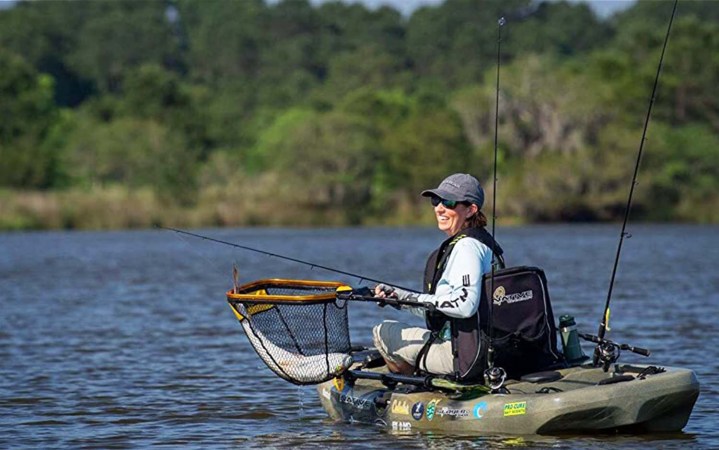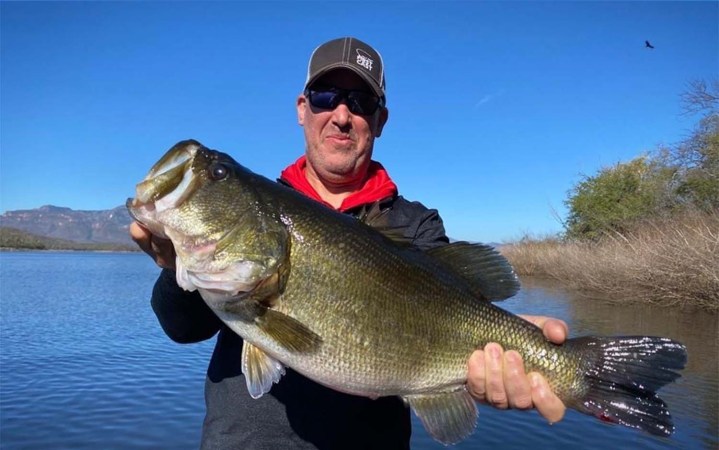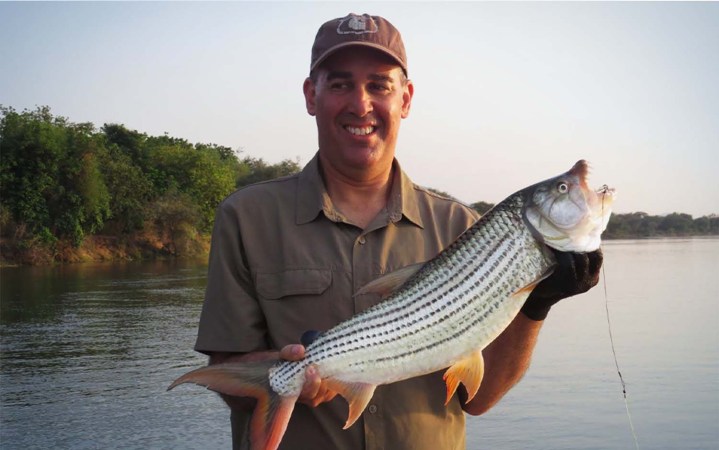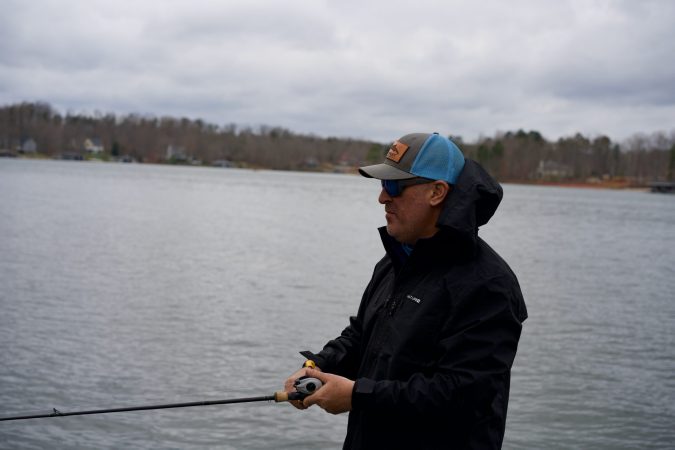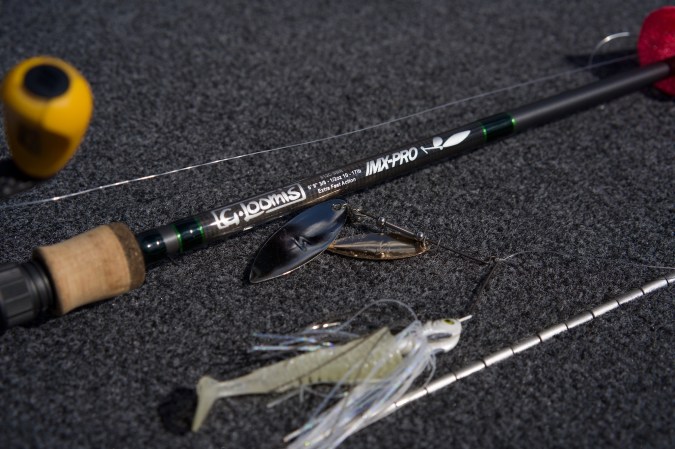We may earn revenue from the products available on this page and participate in affiliate programs. Learn More ›
Plenty of specialty catalogs and tackle shops in northern states stock icefishing rods. Icefishing is, after all, a popular method of angling. But you can easily make your own rod if you need an extra one for a visiting friend, want to make a different type of rod or just want to try this wintertime sport.
Icefishing rods are typically short, relatively stiff and sometimes have just a seat in the handle or some tape for securing the reel. Some rods also consist of nothing more than a wood jigging stick. Consider the following four possibilities to make your own.
1 Use an existing rod section and modify it to create a new rod. Tip sections of spinning rods are ideal for this. Remove the guides at the lower end of the section. For spin-cast and bait-casting reels, use an old casting-rod handle with an adjustable chuck. If the end of the tip section is too loose for the collet on the handle (it often is), shim the space with a wrap of masking tape.
2 Use a scrap blank or a short 3/8-inch wood dowel about 2 feet long to make a rod without a reel. Fasten a guide or two to the shaft with electrician’s tape. Clip the snap end off a safety pin, bend the wires slightly and tape it to the end of the rod to serve as a tiptop. A short length of closet rod or similar round stock will serve as a handle. Drill a 2-inch-long, 3/8-inch-diameter hole in the end of the stock material and epoxy the dowel in place.
Next, drill two 1/8-inch or 3/16-inch holes at a slight V angle in the handle. Make these holes about 2 to 3 inches apart. Glue short lengths of dowel into these holes. Braided line works best with this rod. It will store more easily on the pegs and will not kink or coil as will monofilament. Run the line through the tiptop and guides and then tie the end to the rear peg in the handle. Use the two pegs to coil the line on the pegs to control the line length being fished. This rod is best for perch, small walleyes and panfish that will not run line or require a reel drag to land.
3 As an alternative to the first method, use the butt end of a two-piece rod. Tape a guide or the bent eye of a safety pin to the end and use it as a short, stiff jigging stick. Remove the tip guide, and you can use the rod as a regular fishing rod in the spring.
4 To make a rod from a blank, start with a scrap blank about 2 to 4 feet long. Cut it to length with a hacksaw if necessary. Get a tiptop that will fit the end of the rod, and two to three guides. Glue the tiptop in place. Tape the guides in place or wind rod-wrapping thread around the guide feet and tie it off with a whip finish. Make a handle with a length of cork grip with a hole approximately the size of the diameter of the rod end. Shim the rod with cord if necessary, then coat with epoxy and slide the handle onto the butt end of the rod. Use electrician’s tape to secure the reel foot to the handle.
For more Do-It-Yourself projects, go to www.outdoorlife.com

